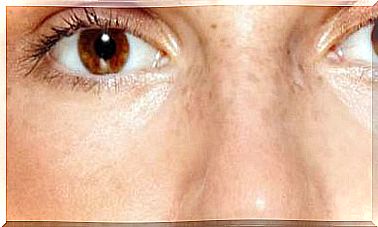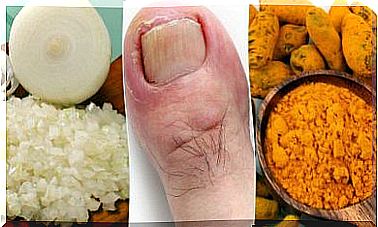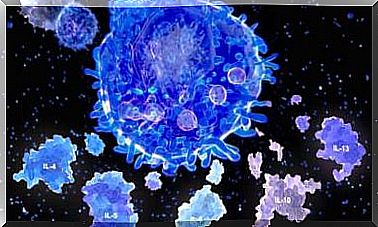Melanoma: Prevention And Early Detection
Melanomas are the visible signs of skin cancer. Skin cancer often goes undetected for a long time because melanomas are very similar to moles. The lighter your skin, the greater your risk of developing it.
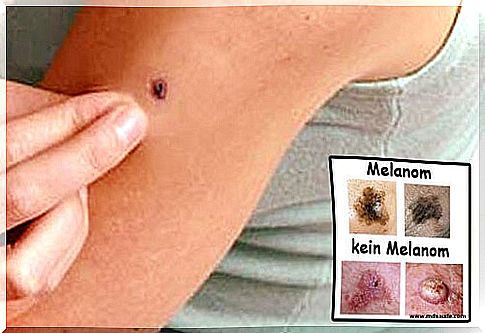
A melanoma is a malignant tumor of the pigment cells of the skin. If left untreated, it can lead to death, making it the most common fatal skin disease in the world. Here we explain how you can prevent and recognize skin cancer.
Melanoma
Melanomas are the most visible signs of skin cancer. Skin cancer often goes undetected for a long time because melanomas are very similar to moles. The lighter your skin, the greater your risk of developing it.
The highest rate of skin cancer is in Australia and New Zealand, there it is about four times higher than here.
Dark-skinned people have the lowest risk of developing skin cancer: Depending on the pigmentation of the skin, their risk is up to 20 times lower than that of fair-skinned Central Europeans!
The lighter the skin and hair color, the greater the risk. In terms of hair color, redheads are almost five times more likely to develop melanoma than black-haired people.
Nonetheless, you should read on even if you have black hair.
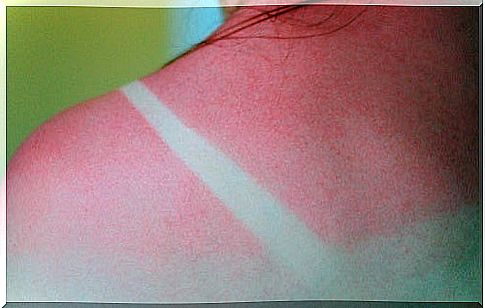
causes
The main cause of skin cancer is UV radiation. This has a changing effect on the skin cells.
Sunburn in particular causes profound skin changes. The more intense and frequent the sunburn and the younger the age of the skin (children!), The greater the likelihood of developing skin cancer as a result of sunburn.
Protection against UV rays is the only correct prophylaxis!
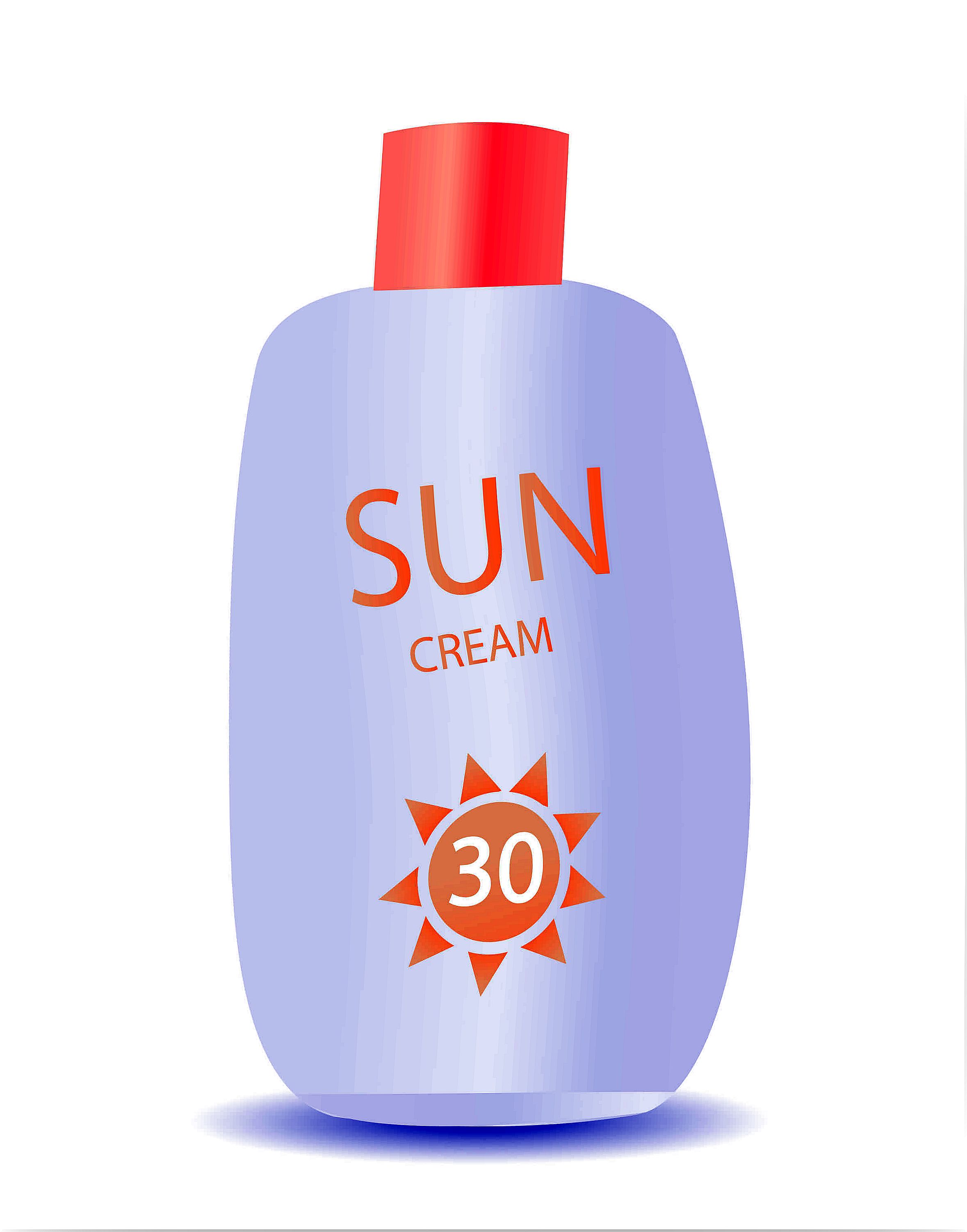
prevention
Not all sunscreens protect against all harmful UV rays – and they are often used incorrectly.
So a good sunscreen is never a bad investment and should be applied copiously at least half an hour before going out in the sun.
A day cream with a sun protection factor is a good idea, even in winter! Many day creams, BB and CC creams already contain a sun protection factor, but the right cream is not always included. In the pharmacy there are liposomal sunscreens that you can wear as day cream under make-up and that you don’t have to re-apply during the day.
If you use cheap sun cream or a day cream with a sun protection factor, sun protection may not be guaranteed all day! So find out more about your personal cream!
Between 11 and 14 am, the sunlight is particularly intensify v. Avoid the midday sun, treat yourself, if you like, to warming sun rays in the late afternoon or evening! Then the sun is lower and less intense.
UV rays hit your skin even in the shade, so sunscreen is mandatory under the parasol! In general, look for shady places to avoid excessive UV radiation!
Clothing offers good protection, especially when it is also used as protection from the sun. Not every piece of clothing offers equally good protection: the thinner the material, the less protection!
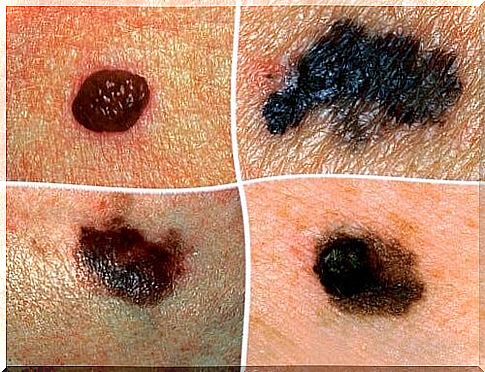
Recognize melanoma
If you have a lot of freckles, you should have your family doctor checked regularly to see whether the many brown spots hide those that are harmful and could be skin cancer.
Because not all pigment spots on the face are harmless freckles; too much UV exposure of the skin (sun, tanning salons, etc.) can cause pigmentation disorders that are very similar to freckles.
Age spots are also pigmentation disorders of the skin caused by UV radiation. And not all of these pigment disorders are harmless!
Until your next visit to the dermatologist is due, you can occasionally check yourself for any suspicious signs. There is a simple rule:
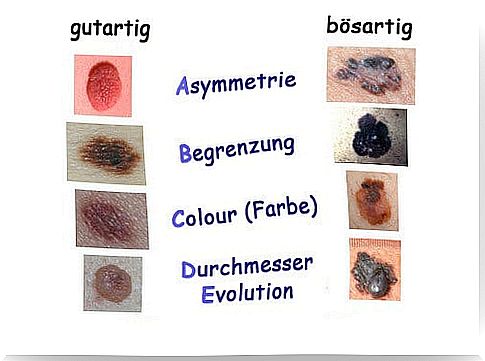
The ABCDE rule
Anyone can do the alphabet. The first five letters indicate signs that could be an indication of malignant melanoma. If you discover at least two points that apply to you, you should consult the dermatologist to be on the safe side!
A for asymmetry: the spots are not symmetrical. They are not nicely round or evenly oval like liver spots or freckles, but have asymmetrical outlines and shapes.
B for boundary: If the outer lines of the skin patch are indistinct, frayed, washed out or irregular, then this is another cause for concern.
C for Color: Malignant melanomas can have several colors, for example black in the center and brown border or brown on the inside and reddish on the outside. They’re also colored differently than your moles or freckles.
D for diameter: A malignant melanoma is often larger than a conventional mole. If you have a patch of skin that is more than 5mm in diameter, it could be melanoma.
E for sublimity and development: unlike freckles, melanomas can be raised and stand out from an otherwise flat base. Unlike moles, they also develop within a period of time that even allows growth to be observed.
Be vigilant and watch your skin, especially if you are fair skinned or light haired! Also observe your partner’s skin in areas that they cannot see themselves, such as their back. Better to go to the doctor once with a false alarm than to ask too seldom!

